Be it sweet or savory, puff pastry makes a great baked good out of anything. The dough is transformed into many crisp and thin layers when baked, which feel light and airy to eat despite the large amounts of butter used during the making process.
However, whether you use store-bought puff pastry or make your own, there are a number of ways in which it can go wrong, and you can end up with puff pastry that is not quite perfect.
Read on to know why puff pastry didn’t rise and also how you can fix this issue and never face it again.
Why Puff Pastry Didn’t Rise?
Both the dough and the heaps of butter play major roles in making sure puff pastry turns out the way it does. Chilled dough and butter, when rolled together, create a pastry that will trap heat between its thin layers during baking and will puff up and rise.
But there can be many factors that can contribute to your puff pastry not rising.
Rolling Process Not Done Correctly
Rolling your puff pastry dough correctly is important if you want it to rise properly. Make sure the dough and the butter are both chilled and at similar (if not the same) temperatures.
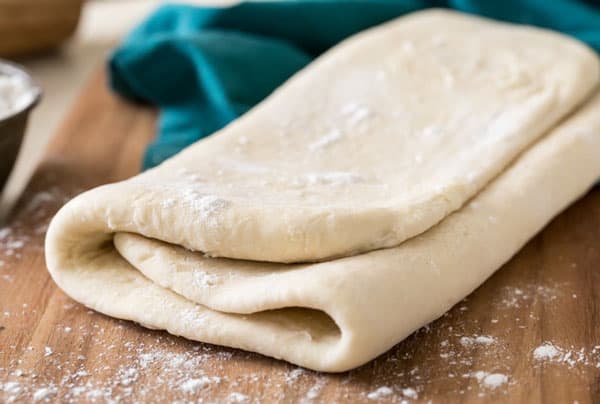
The butter can be soft but not enough to melt into the dough and become incorporated with it. If that happens, then you will not get a puff pastry that has thin and flaky layers.
Try to roll firmly but gently, and do not roll over the edges of the dough. Doing so can press the layers together and give you a puff pastry that is doughy on the edges.
Thickness of the Dough
You may feel tempted to roll the dough out thinly because you think it will give you a flakier puff pastry. However, a thinly rolled dough of pastry may rise, but it won’t have the light layers that you want.
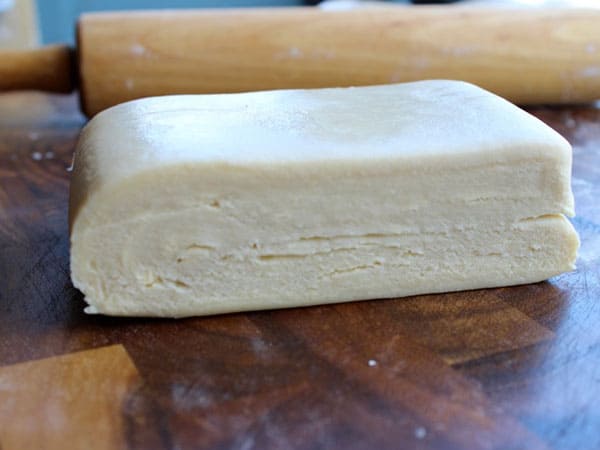
On the other hand, a thicker dough will be too heavy to rise properly, and the texture of it, when baked, will be doughy.
No matter what the recipe for your puff pastry is, the dough’s thickness should always be between one-third to one-quarter of an inch, and no more or less.
Overworking the Dough
While there is some folding and rolling needed in order to make the perfect type of puff pastry, you definitely do not want to handle the dough too much.
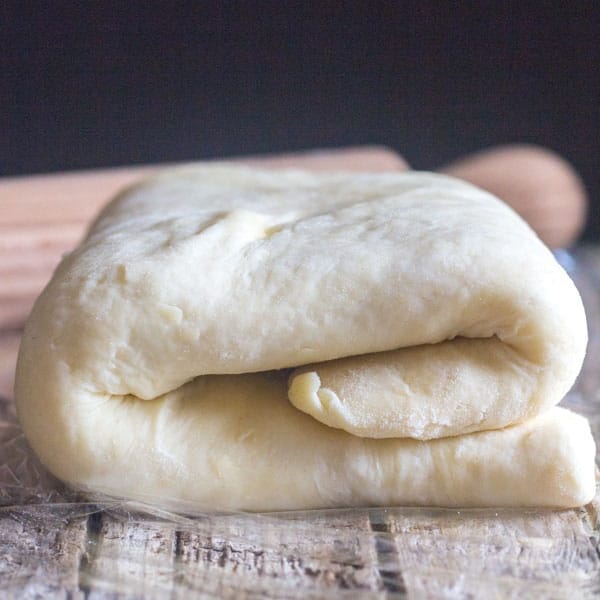
The more you handle the dough, the more you increase the gluten content. This will lead to the dough becoming stretchy and flat. Once it reaches that stage, it will be impossible for it to bake into layered and crisp puff pastry.
Using the Serrated Knife
When cutting the dough after rolling it, you need to use a knife or pastry cutting tool that will not press the layers of dough against each other too much. You can do this by using a really sharp knife with a straight edge.
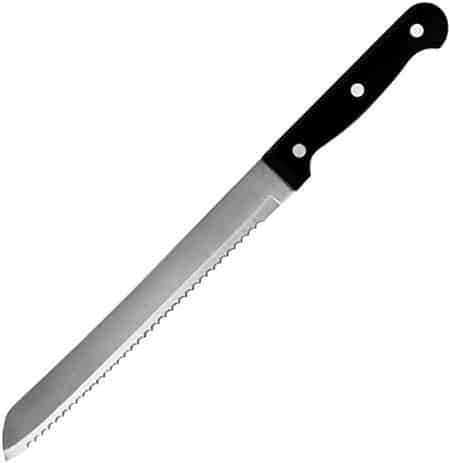
Using a serrated knife will compress the layers together and will give you pastry that does not puff up in flaky layers.
Chilled Dough
No matter how careful you are about not working the dough too much so that the butter in it does not start melting, you can never be too careful. The natural heat from your hands may still soften the butter too much.
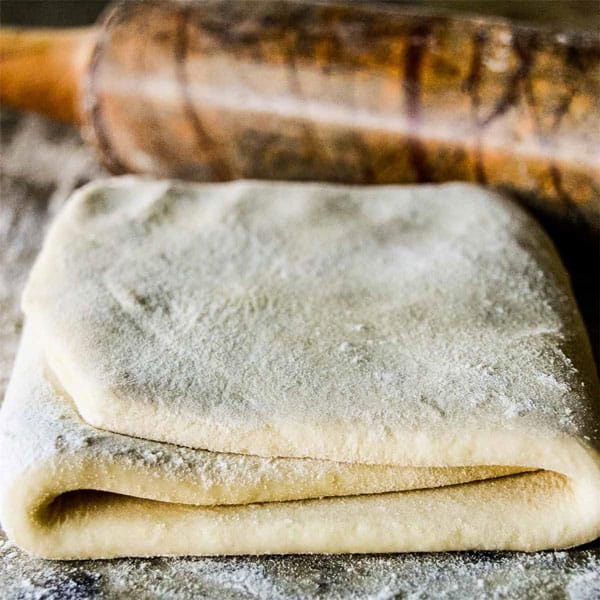
If you bake it as it is then, the pastry will not rise enough and may lose its shape because of the uneven temperature throughout the dough.
To avoid this, pop the prepared puff pastry items in the fridge to chill for about 5 minutes before you take it out and bake it. Make sure they are on the baking pan and ready to go into the oven straight from the fridge, with no chance of the butter softening again.
Not Maintaining Dough Temperature
We all know that to make puff pastry, the butter and dough need to be cold up until they enter the oven. However, that does not mean that you should try to start working the dough when it is frozen and has not thawed fully.
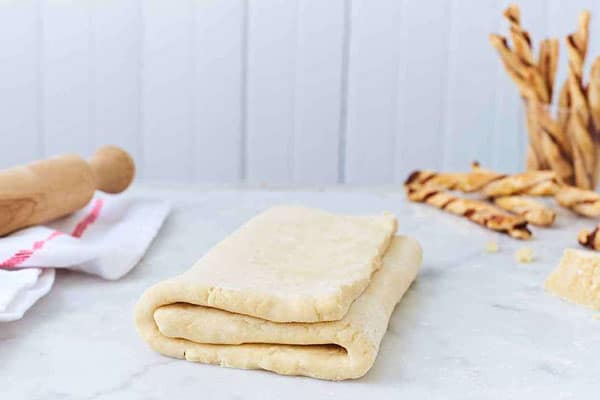
If you start working with frozen dough, besides cracking while you work, if it does make it into the oven, the pastry will not rise properly during baking. While the butter in the dough should not melt or become too soft during handling, it should also not be frozen.
So when you pull your pastry dough out of the freezer, let it sit for half an hour to thaw enough so that you can start working with it.
Puff Pastry Baking Tips
To make sure your puff pastry rises perfectly, you need to not only prepare the dough well but also bake it properly.
Preheat the Oven Properly
It is very important that the water content of the dough starts turning into steam as soon as the baking pan is in the oven. This means that preheating your oven to the right temperature and making sure it is hot is super essential.
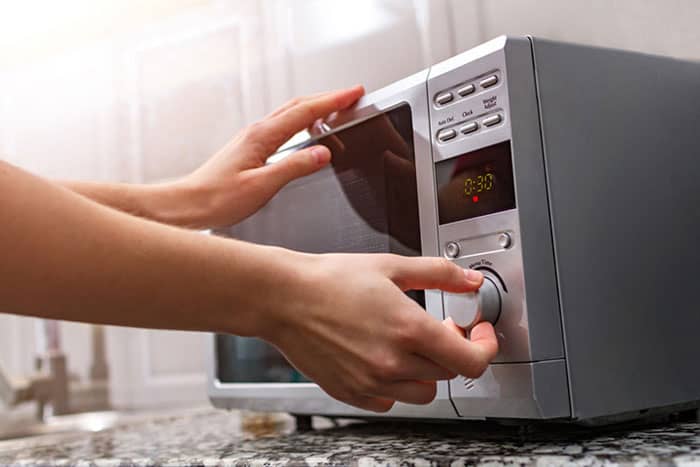
The temperature of the oven needs to be such that the chilled butter within the dough will start melting right away and help the moisture evaporate, forcing the dough to start rising in layers.
Rotate the Baking Pan
You might also want to rotate the baking pan halfway through the bake time in order to avoid cold or hot spots in your oven. Do this even if you think your own bakes food uniformly, just to ensure even rising and browning of the pastry.
The worst thing would be to have a puff pastry that is perfect on one side and not on the other, especially after putting so much effort into preparing the dough.
Perfect Baking Temperature
Puff pastry needs to be baked at a certain temperature, too, for it to turn out well in the end. One of the most common reasons why your puff pastry does not rise is that it is not baking at the right temperature.
In order to rise as it does, puff pastry needs to bake in a really hot oven, at about 400 ℉. Again, this is to ensure that the moisture in the dough can be transformed into steam quickly and forcefully so that the layers within the dough can separate and crisp up nicely.
Without the high temperature, the pastry will not rise, stay flat, and may have a clumpy or doughy texture.
Conclusion
As you can tell, there can be many reasons why puff pastry didn’t rise, and they can occur at almost any stage of making this baked item. So it is really important to follow through with the steps and tips mentioned above so you can have some proper puff pastry.

